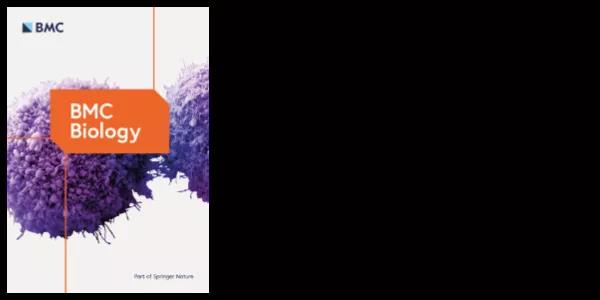|
|
|
|
|
小檗碱通过靶向降解UHRF1治疗多发性骨髓瘤 | BMC Biology |
|
|
论文标题:Identification of berberine as a novel drug for the treatment of multiple myeloma via targeting UHRF1
期刊:BMC Biology
作者:Chunming Gu, Zhao Yin et.al
发表时间:2020/03/25
数字识别码:10.1186/s12915-020-00766-8
微信链接:点击此处阅读微信文章
目前的多发性骨髓瘤(MM)治疗方法与毒性和耐药性有关,突出了对新型有效治疗方法的需求。小檗碱(BBR)是一种从几种小檗药用植物中提取的植物生物碱,已表现出抗肿瘤作用,包括对多发性骨髓瘤(MM)的作用;然而,此前抗MM作用的分子机制尚未被描述。近期,发表在BMC Biology 上的这项研究旨在确定小檗碱的靶点及其抗MM治疗活性的相关机制。

图1
在这里,我们证明了BBR治疗可以在体外杀死MM细胞,并延长小鼠体内携带MM异种移植的生存期。通过将表面质子共振(SPR)与液相色谱-串联质谱(LC-MS/MS)相结合的筛选方法,发现UHRF1(泛素样与PHD和RING Finger域1)是BBR的潜在靶点。结合分子对接和SPR分析,我们确认UHRF1为BBR结合蛋白,并发现BBR与UHRF1在串联Tudor域和植物本源域(TTD-PHD域)结合。BBR处理通过泛素依赖性蛋白酶体系统诱导UHRF1降解,并重新激活MM细胞中的p16INK4A和p73。UHRF1的过表达促进了MM细胞的增殖,使MM细胞对BBR的抵抗力增强,而通过siRNA使 UHRF1沉默则减轻了BBR诱导的细胞毒性。
综上所述,我们的研究发现UHRF1是BBR的直接靶点,并发现了参与BBR抗MM活性的分子机制。通过BBR靶向UHRF1可能是一种新的抗MM的治疗策略。

图2
BMC Biology is an open access journal publishing outstanding research in all areas of biology, with a publication policy that combines selection for broad interest and importance with a commitment to serving authors well.
摘要:
Background
Current therapies for multiple myeloma (MM) are associated with toxicity and resistance, highlighting the need for novel effective therapeutics. Berberine (BBR), a botanical alkaloid derived from several Berberis medicinal plants, has exhibited anti-tumor effects, including against multiple myeloma (MM); however, the molecular mechanism underlying the anti-MM effect has not been previously described. This study aimed to identify the target of berberine and related mechanisms involved in its therapeutic activity against MM.
Results
Here, we demonstrated that BBR treatment killed MM cells in vitro and prolonged the survival of mice bearing MM xenografts in vivo. A screening approach integrating surface plasmon resonance (SPR) with liquid chromatography-tandem mass spectrometry (LC-MS/MS) identified UHRF1 (ubiquitin-like with PHD and RING Finger domains 1) as a potential target of BBR. Combining molecular docking and SPR analysis, we confirmed UHRF1 as a BBR-binding protein and discovered that BBR binds UHRF1 in the tandem tudor domain and plant homeodomain (TTD-PHD domain). BBR treatment induced UHRF1 degradation via the ubiquitin-dependent proteasome system and reactivated p16INK4A and p73 in MM cells. Overexpression of UHRF1 promoted the MM cell proliferation and rendered MM cells more resistant to BBR, while silencing of UHRF1 with siRNA attenuated BBR-induced cytotoxicity.
Conclusions
In summary, our study has identified UHRF1 as a direct target of BBR and uncovered molecular mechanisms involved in the anti-MM activity of BBR. Targeting UHRF1 through BBR may be a novel therapeutic strategy against MM.
(来源:科学网)
特别声明:本文转载仅仅是出于传播信息的需要,并不意味着代表本网站观点或证实其内容的真实性;如其他媒体、网站或个人从本网站转载使用,须保留本网站注明的“来源”,并自负版权等法律责任;作者如果不希望被转载或者联系转载稿费等事宜,请与我们接洽。